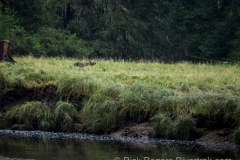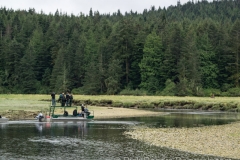August, 2016.

Colourful plunging walls, pinnacles, thrilling drift dives, abundant life, orcas, whales, and encounters with weird and wonderful animals. Every dive begins with all of the thrill of a treasure hunt. That is enough of a reason to return.
But there’s a second reason. The more you dive it, the more you will see. Let me show you what I mean.
Before the Diving- Grizzly Watching with Tide Rip Tours:
There is so much to see and do in British Columbia that it’s worth tagging on a little extra time before (or after) your dive trip. This time we chose to go Grizzly bear watching with Tide Rip Tours, based out of Telegraph Cove. However, the actual viewing takes place at Glendale Cove, in the Knight Inlet, across the Strait since there’s no established Grizzly populations on Vancouver Island. There you will get a chance to view Grizzlies busily feeding on the low tide “buffet”-particularly salmon if they’re running- in order to double their weight for winter hibernation. At this time of the year it’s all about survival for them, which means eating, about 20 hours of the day!
But it’s more than just a Grizzly tour. Mike, our boat captain, was happy to stop along the way for Humpback Whales, Orcas, and Black bears that were spotted meandering along the coast. Matt, our Naturalist for the tour, give an interesting briefing about the Grizzlies, and his impressive knowledge can take you as far as your interest wants to go.

Paralleling so many other types of animals- such as sharks and Manta Rays- bears are worth more alive than dead. Matt tells me that it’s estimated that each bear provides about $250,000 to the local economy through the “trickle-down” effects of ecotourism. On the other hand, a one-time trophy hunt fetches only a relatively meager $10,000-$20,000.
How close can you expect to get to them? This is where you have to have realistic expectations: nature is unpredictable. On a good day I was told that you can get up to within 100-150′. But on a “bad day”, you might get a no-show. We had an in-between experience, with a viewing through binoculars (which is supplied by them). Remember that you’re in a Temperate Rain Forest, so bring your own rain gear for the best sizing!
Diving the Browning Pass:
The Browning Pass was so full of life this year that it appeared to be moving at times. Massive schools of Puget Sound Rock fish, along with other juvenilles, were so thick in some spots that it caused me to lose sight of my dive buddy. And even ruined some photographs. Some divers even accidentally brought them back on board the boat when they became entrapped in their dive gear!
Based on last year’s experience I decided to shoot close-focus-wide-angle with a fish eye lens, to help “cut through” the particulates. Using the highest equivalent exposures, and lightening the background also helped to minimize back scatter.
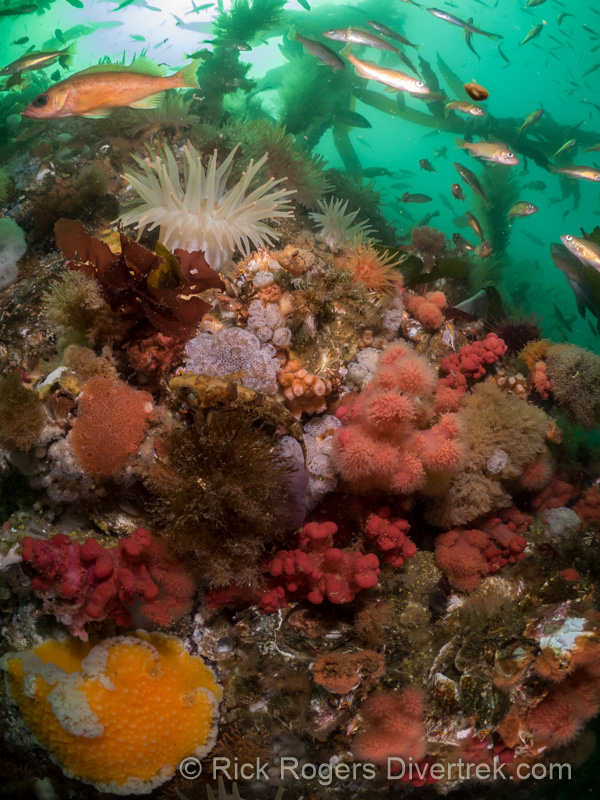



Barry’s Island is a good bet to see Stellar Sea Lion’s. It’s walls are also loaded with colourful sponges, corals, and anenomes. Unfortunately the visibility was poor when we arrived, at about 10 feet. Twice we were “buzzed” by a sea lion, but only for only a few seconds at a time.
Wolf Eels can make any dive a great dive. That’s why Fantasy Island (actually a pinnacle) is one of my all time favourite dive sites here, or anywhere. At the base of the pinnacle in about 60-70′ fsw you can reliably meet up with semi-tame Wolf eels, their heads poking out of their dens waiting for something crunchy to pass by. I can’t think of any other fish that has such a distinctly human-like face, and paired with other qualities like intelligence and curiosity. Wolf Eels are really just an elongated fish (up to 8 feet in length) since they have pectoral fins behind their head just as fishes do. The “Wolf” part of their name comes from their belonging to the Wolffish family, possessing prominent wolf-like canines. Look for them hiding in rocky reefs, inside holes, caves or crevices.


It’s best to have some goals of what you want to see when you dive here, so that you focus your diving, and know where to look. I had three main goals, to find these three eccentrics : a Decorated Warbonnet, a Mosshead, and a Grunt Sculpin. I got two of three checked off on this trip. Once you find one, you’ll be able to find another with much less effort. This is what I meant by “the more you dive it, the more you’ll see”.


It’s a slow day there if you only see one Humpback whale, sometimes within a hundred feet of you. On several occasions we also saw Orcas, and twice just before we jumped in the water. I couldn’t tell if they were Transient Orcas (which feed on marine mammals) or a local pod (which feed on Salmon). Looking like a big black seal, however, in any case, I was reassured that Orcas avoid divers!

Mid-evening one night, while I was thinking about bed, came a loud shout outside at the docks from Bill, “Orcas!”. An excited group of the two of us (one of us in pajamas), with Amy (one of the crew at God’s Pocket), rushed to the docks for a better look. I guess the others didn’t hear. Annie kindly suggested that we take out the outboard boat to get a closer look:


The Weird & Wonderful Macrolife of the Browning Pass:

British Columbia, and the Browning Pass in particular, are well known for their macrolife. You’ll find it listed as one the top ten macro destinations in the world. The reason for this is that the life there is continually “force fed” nutrient rich water from the currents, which spurs an explosion in the diversity and quantity of life. Macro photographers will be rewarded for taking the cold (50 deg. F), and putting up with some current. The wall this year was filled with tiny crabs of all types, but I noticed that the nudibranchs weren’t as plentiful as last years’. Nudibranchs can be found at any dive site, but I had a lot of good luck at “Hoody Nudi Bay”, named in honour of the “Hooded Nudibranchs” that are found there. Here’s a sample of what I saw, to help show the diversity in not only life, but their amazing colours, forms, and textures:


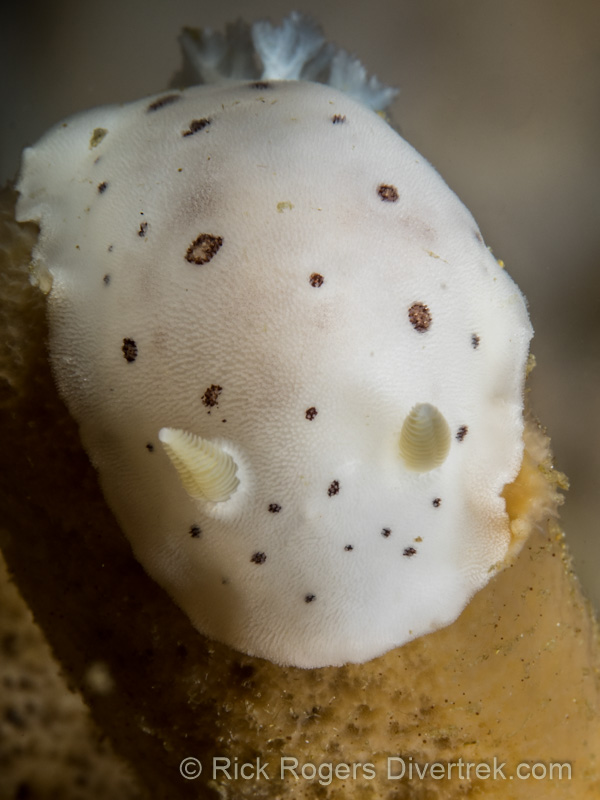

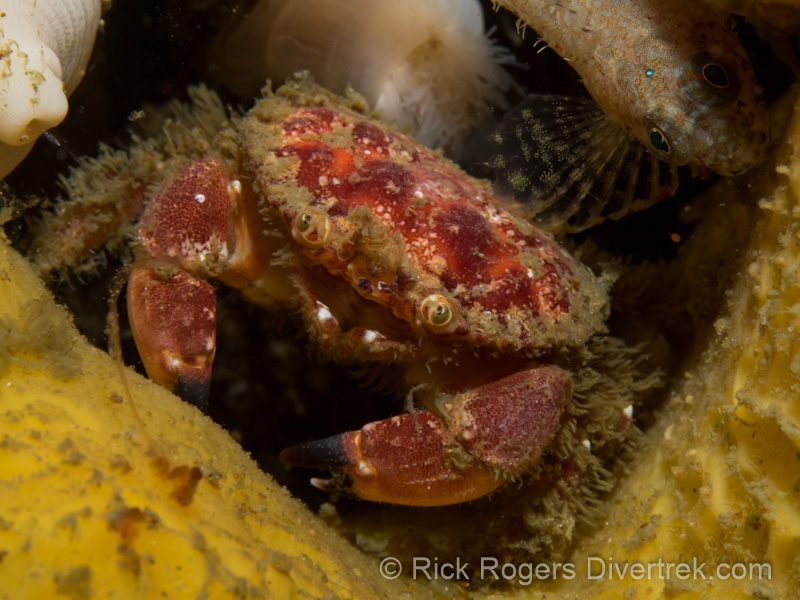
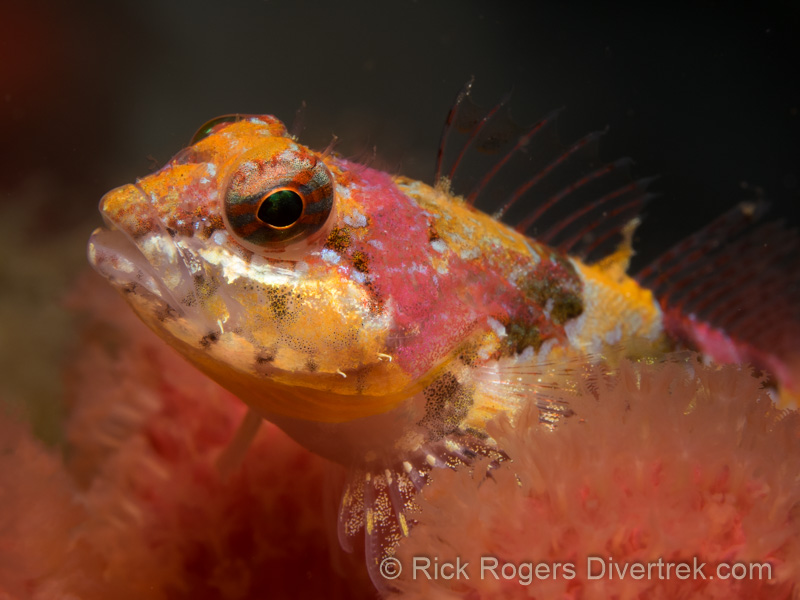

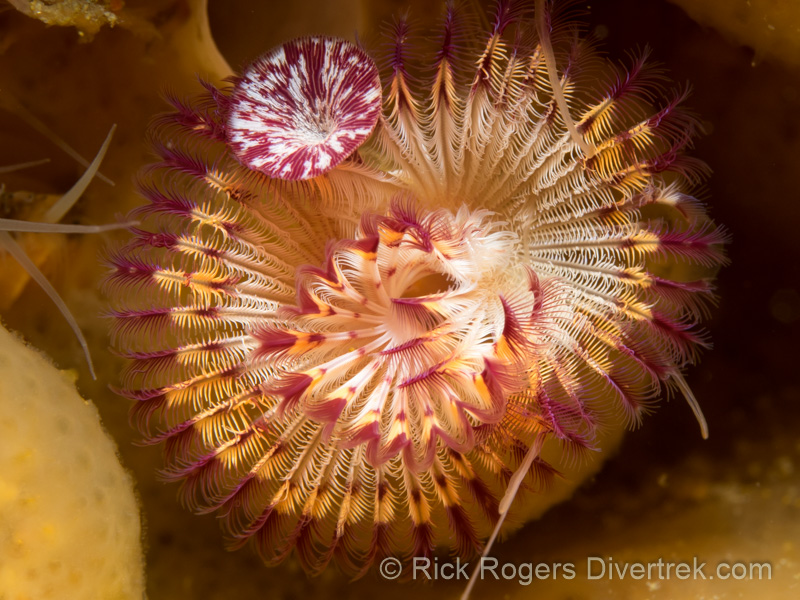



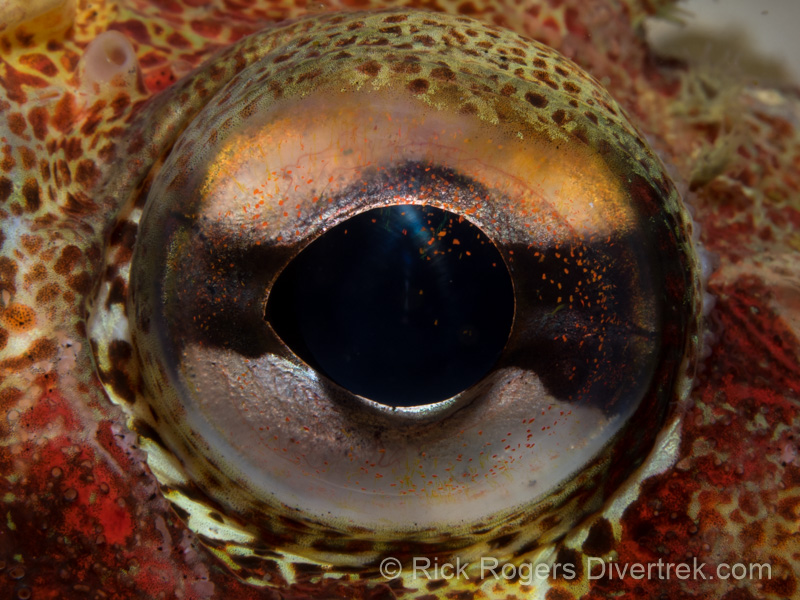

Tips:
We dove with God’s Pocket Resort, now the only one operating in the area. It’s not just the diving here, but the resort that makes it my favourite diving spot in the world. While in Port Hardy, a trip to the Quatse Salmon Center & Hatchery for a guided tour is well worth the time.
Related Articles:
The Nakwakto Rapids-Dive ino the Guiness Book of World Records.
Diving Into God’s Pocket, British Columbia.
References:
“Coastal Fishes of the Pacific Northwest”, Andy Lamb & Phil Edgell, 2010.
“Marine Life of the Pacific Northwest, Andy Lamb & Bernard Hanby, 2005.

